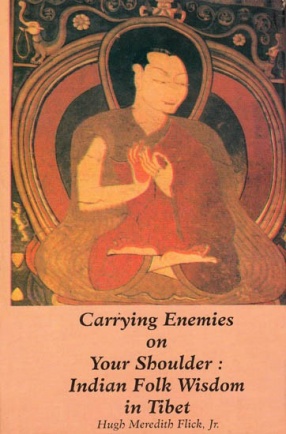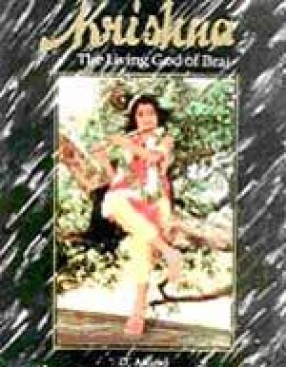The tapestry of the cultural interaction between India and Tibet is an intricate interweaving of many patterns and threads. The most evident cultural interaction between Tibet and India involved religion, there were many other interactions as well. Many of these interactions involved areas of human activity normally associated with folklore. The oral traditions of each culture, being the repositories of much of this material, absorbed and assimilated the exchanged materials. One of the generic groups of folklore which crosses cultural boundaries very readily is folk wisdom. Since folk wisdom is an in important part of an active oral tradition it is often preserved in the form of short verses. Very little of such folk wisdom, the Tibetan oral tradition has survived in written sources but a substantial amount has beat preserved in various forms from the Indian oral tradition.
The Nitisastra of Masuraksa the Sanskrit original of which has not survived but a translation of it in Tibetan is found in the bsTan ‘Gyur. It seems most likely that Masuraksa drew both from manuscript sources and from oral traditional sources to put together this particular nitisastra. In the first verse of the collection, Masuraksa sates that he collected the verses from various sastras of artha (don gyi bstan dcos bye brag las). As an example of ninth century collections of niti verses, Masuraksa’s collection is an indicator of the range of verses that were popular during that period. The present book contains a detailed introduction, Sanskrit sources of Masuraksa’s verses, Translation of the Tibetan Text of the Nitisastra of Masuraksa with annotations of occurrences in Sanskrit literature.
Masuraksas text is an important contribution towards understanding the cultural interaction between India and Tibet. It was selected by the Tibetan compiles of bsTan ‘Gyur as a piece of secular Indian literature worth translating and preserving in their sacred literature.




There are no reviews yet.